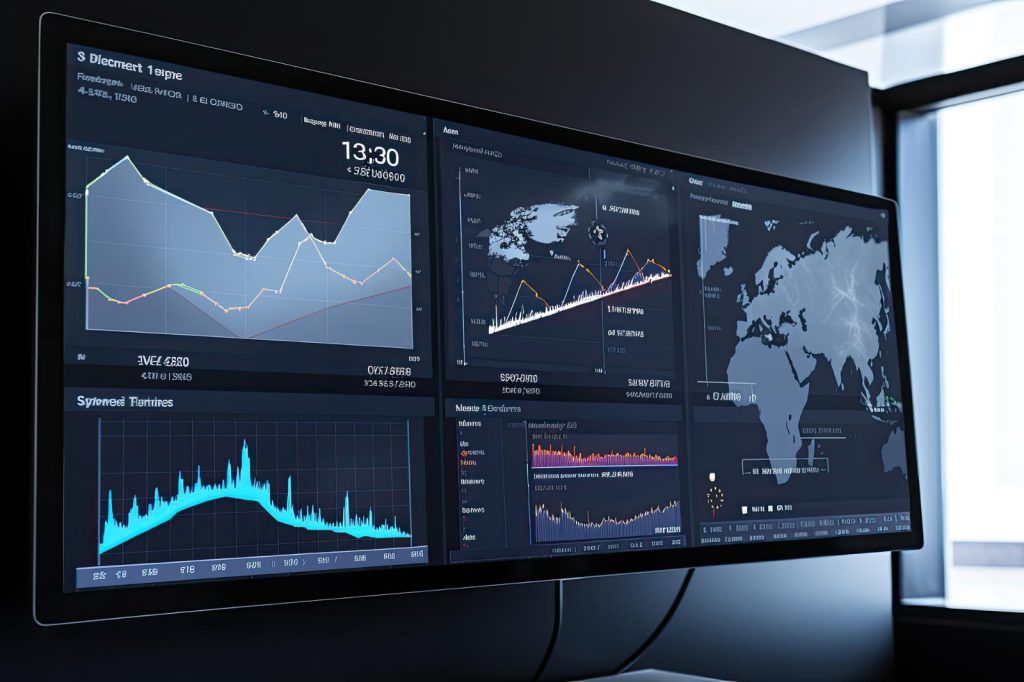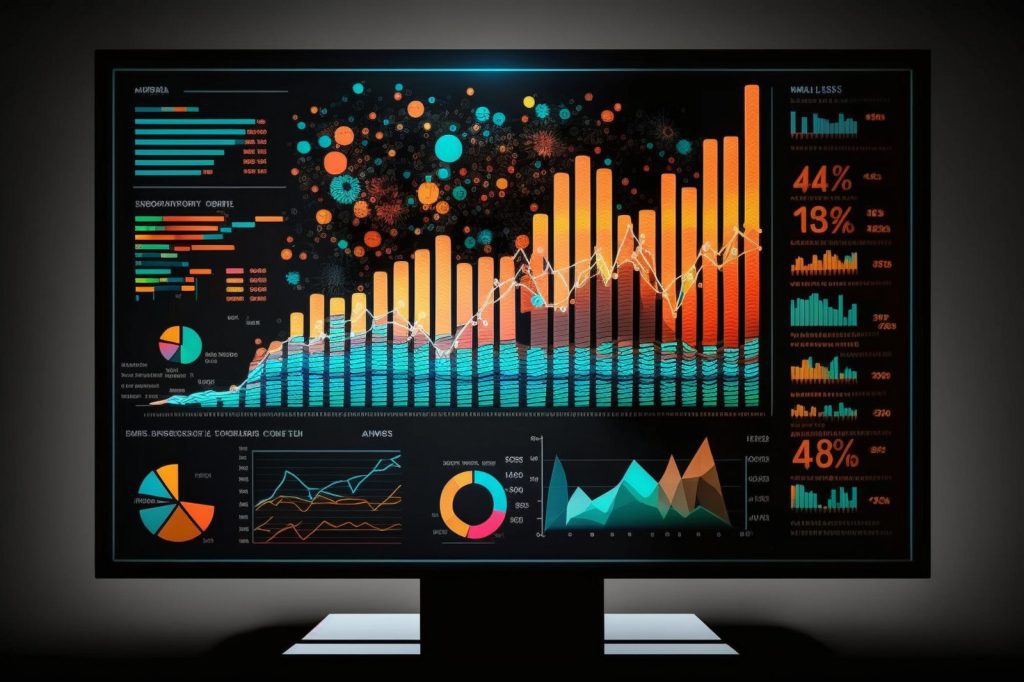In the grand stage of finance, one term that is frequently tossed around is Market Capitalization, better known as Market Cap or MCAP. But, what does MCAP mean? And why does it hold such a prominent place in the assessment of a company’s or cryptocurrency’s fiscal standing? It’s time we delve deeper into the depths of these concepts and explore why they are integral elements of any financial landscape, traditional or digital.
As we embark on this journey, we’ll be unveiling the relevance and significance of Market Capitalization, from being a critical determinant of a company’s scale in the traditional market to acting as a crucial measure of a cryptocurrency’s worth in the ever-evolving cryptosphere.
Unraveling the Concept: What Is Market Capitalization/Market Cap/MCAP?
Market Capitalization, abbreviated as MCAP, represents the aggregate dollar market value of all of a company’s outstanding shares. This value is derived by multiplying the number of a company’s shares outstanding by the prevailing market price of a single share. In this light, the meaning of MCAP is essentially a snapshot of a company’s size, rather than a reflection of its sales or total asset figures.
One of the best places to check this indicators is CoinMarketCap or CoinGecko.
When we shift our focus to cryptocurrencies, the definition of market cap morphs slightly to fit the unique attributes of these digital assets. In the realm of cryptocurrencies, Market Capitalization refers to the total market value of a cryptocurrency. The calculation remains somewhat similar, only that we multiply the total supply of coins or tokens by the current market price of each individual coin or token. So, whether you’re inquiring “What is m cap?” in the stock market or the crypto world, the fundamental idea remains the same, though the specifics cater to the nature of the asset under consideration.
Market Capitalization in the Cryptosphere: Its Importance and Impact


The importance of Market Capitalization (MCAP) within the dynamic landscape of cryptocurrencies can’t be overstated. After all, what does MCAP stand for, if not the vital lifeline that connects investor perception and market reality?
Market capitalization serves as a dependable measure of a cryptocurrency’s liquidity, overall value, and market standing. It acts as the pulse of the crypto market, providing indispensable insights to traders and investors. By monitoring MCAP, they can discern whether a specific cryptocurrency is potentially undervalued or overvalued. This information plays a pivotal role in shaping investment strategies and determining the timing and direction of their trades.
In addition to evaluating individual cryptocurrencies, market capitalization also comes in handy when comparing the relative sizes and worth of different digital assets. A glance at the total market capitalization can quickly reveal the current favorites in the market and their respective market share, leading to more informed investment decisions. In essence, market capitalization is a compass guiding crypto enthusiasts through the often tumultuous waves of the cryptosphere.
The Many Faces of Market Cap: Different Categories of Market Capitalization
Just as the universe of cryptocurrencies is vast and diverse, so too is the range of their market capitalizations. They broadly fall into four categories:
- Large-cap cryptocurrencies: These giants of the cryptosphere typically sport market capitalizations exceeding $10 billion. Notable examples include Bitcoin and Ethereum, the stalwarts that command immense investor confidence and market share.
- Mid-cap cryptocurrencies: With market capitalizations sandwiched between $1 billion and $10 billion, these digital assets offer a blend of relative stability and growth potential.
- Small-cap cryptocurrencies: These are the burgeoning players with market caps below $1 billion. They often offer lucrative growth opportunities but also come with increased risk due to their nascent nature and volatility.
- Micro-cap cryptocurrencies: The smallest members of the crypto family, with market caps less than $100 million. Although they pose higher risk levels, they can potentially offer extraordinary returns if they manage to break into the mainstream.
It’s crucial for investors to understand these categories as they significantly impact the risk and reward dynamics of their crypto investments. Depending on an investor’s risk tolerance and investment goals, they may opt for a mix of large, mid, small, and micro-cap cryptocurrencies in their portfolio.
Market Capitalization (MCap) Vs. Equity Value: A Comparative Analysis
Here’s where it gets tricky. While market cap vs valuation may seem interchangeable, they’re different. Market Cap is not the same as equity value, nor is it equal to a company’s debt plus its shareholders’ equity. Market Cap reflects the theoretical cost of buying all of a company’s shares, but it isn’t what the company could usually be purchased for in a merger transaction. Thus, when shares outstanding vs market cap are being considered, Market
In conclusion, whether you’re pondering over “what is mcaps?” in the stock market or the crypto realm, understanding Market Capitalization is key to making informed financial decisions.









